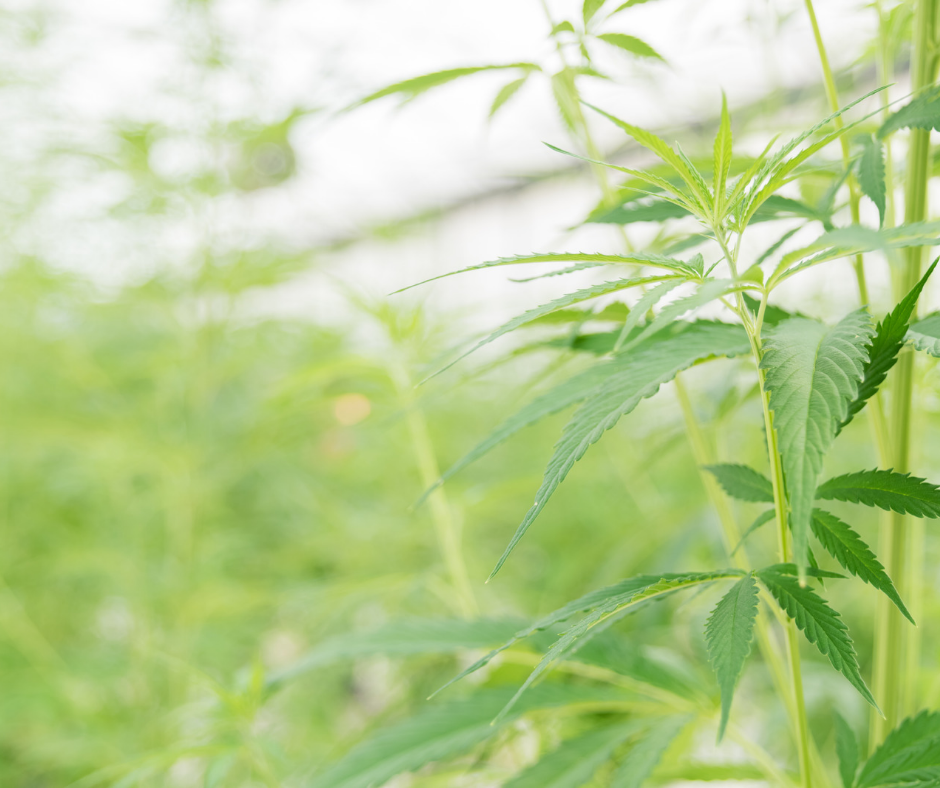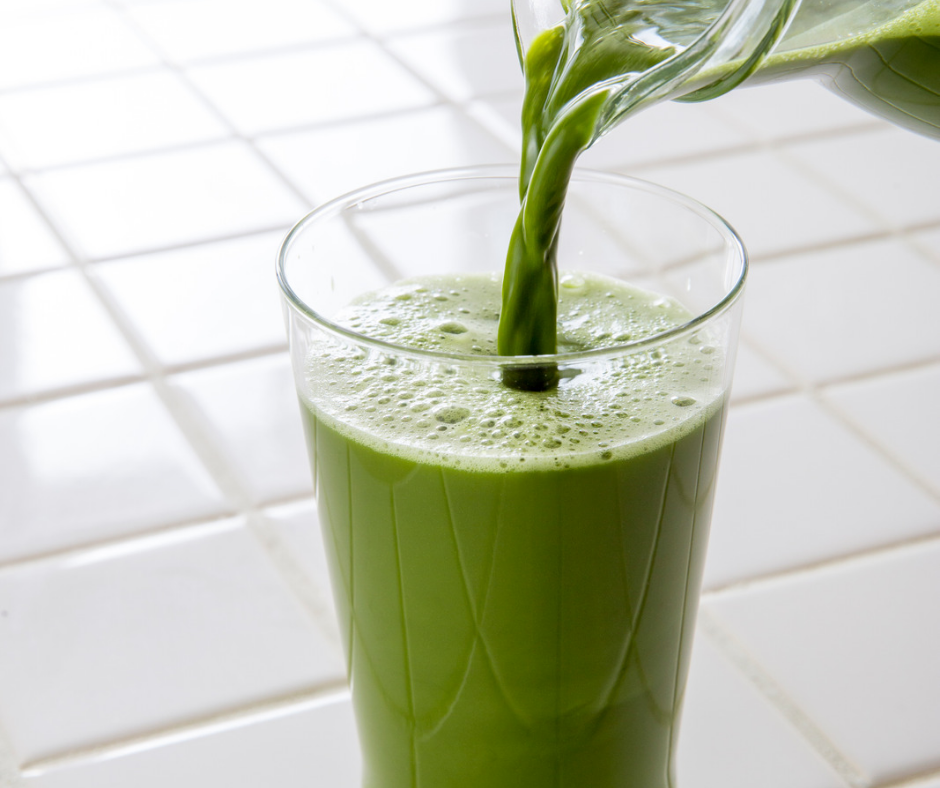
In the world of medical cannabis, there is a very complex vocabulary that encapsulates terminology surrounding various facets of this miraculous plant. One of those terms is cannabinoids. While many people are familiar with cannabinoids such as THC and CBD, there is much more to cannabinoids than what meets the eye. THC and CBD are considered to be activated cannabinoids, and more specifically, they are a type of cannabinoid known as a phytocannabinoid. Phytocannabinoids are produced by the cannabis plant, whereas endocannabinoids are produced naturally by our body, but that’s a totally different topic! In this article, we are going to look at two forms of cannabinoids known as cannabinoid acids and varin cannabinoids.
While cannabis plants are growing and the compounds within them develop, cannabinoid lines start as a cannabinoid acid known as CBGA. Many times, this cannabinoid acid is referred to as the mother of all cannabinoids or the stem cell cannabinoid. As the plant matures, CBGA converts into other cannabinoid acids, which are the precursors to the cannabinoids that most of us are familiar with, such as THC and CBD.
Cannabinoid acids become the cannabinoids we are more familiar with when they are introduced to a heat source through a process known as decarboxylation. Let’s take a deep dive into cannabinoid acids, some of their potential benefits, and how you can consume cannabis to reap the benefits of these plant compounds from medical cannabis.
Embracing the Raw Plant
Cannabinoid acids are primarily found in raw cannabis leaves and buds; however, the more mature the plant, the less concentrated some of them become. To best reap the benefits that cannabinoid acids have to offer, you must embrace the raw plant. Most commonly, those utilizing the raw plant do so through juicing cannabis leaves and buds. This can be done using a standard wheatgrass juicer or by adding raw cannabis plant material to your favorite juicing blends!
Cannabinoid Acids
CBGA
Cannabigerolic acid, or CBGA for short, as mentioned above, is known as the mother of all cannabinoids or the stem cell cannabinoid as CBGA is the starting point for all phytocannabinoids and phytocannabinoid acids. As the plant matures, CBGA converts primarily to CBDa and THCa. For this reason, a high concentration of CBGA isn’t typically found in even mature raw cannabis. To obtain CBGA, you must harvest cannabis plants immaturely before the other cannabinoid lines begin to develop when the highest concentration of CBGA is available in the plant. For this reason, this cannabinoid acid isn’t the most widely available. This is something that is most unfortunate as this cannabinoid acid has been shown to have significant therapeutic potential. Research to date has shown that it offers the potential to benefit everything from cancers and diabetes to neuroinflammation and metabolic disorders.
CBDA
Cannabidiol or CBD for short has taken the world by storm, but not many people are familiar with its precursor, Cannabidiolic acid, or CBDa for short. This acidic form of CBD has been shown through preliminary research to offer antitumor, antiemetic, anti-inflammatory, and other therapeutic properties. GW Pharmaceuticals, the first drug manufacturer to receive FDA approval for a cannabis-derived drug, reports conducting research that shows CBDA offering more efficiency in treating seizure activity than CBD. Unlike CBGA, CBDA is found in high prevalence within mature cannabis plants of various cultivars. Like CBGA, however, CBDA is accessed by consuming the raw plant.
THCA
THCa, also known as Delta-9-tetrahydrocannabinolic acid, is the precursor to one of the most beloved cannabinoids in the cannabis plant, THC. In psychoactive strains of cannabis, THCA is highly prevalent in the mature buds. When this THCA content is introduced to heat through vaping or flames, it converts to THC, which has psychoactive properties. In its acidic farm, however, THCA is non-psychoactive. To reap the potential benefits of THCA, one must consume THCA-rich raw cannabis flower just as you would obtain the benefits of other cannabinoid acids. Speaking of the benefits of THCA, to date, research suggests that THCA offers neuroprotective, antineoplastic, antibacterial, and anti-inflammatory properties.

Varin Cannabinoids
Just as phytocannabinoids have an acid version, they also have a varin version. Varinolic cannabinoids, more commonly known as varin cannabinoids, are cannabinoids that contain a varin molecule that consists of three carbon atoms. This molecular structure is responsible for the cannabinoid’s binding affinity to receptors throughout the endocannabinoid system. Let’s take a closer look at the varin versions of THC, CBD, and CBG.
CBDV
Cannabidivarin, or CBDV for short, has become of great interest to epilepsy patients as it has been shown to offer significant efficacy in suppressing seizure activity. CBDV, like CBD and CBDA, is non-psychoactive and is most prevalent in “indica” chemovars of cannabis. Cultivars of cannabis that are high in CBD content tend to also have a decent level of CBDV as well. To date, research surrounding this varin cannabinoid has shown that it offers potential in the treatment of epilepsy, pain, mood disorders, inflammatory conditions, and much more.
CBGV
Cannabigerivarin, or CBGV for short, is also a non-psychoactive cannabinoid with a wide range of potential therapeutic properties. This varin version of CBG has been shown to enhance the binding affinity of THC to CB1 receptors. Additional studies also suggest that it may offer the same bioavailability-enhancing effect on CBD as well. This cannabinoid also offers pain relieving, anticancer, antiemetic, and anti-inflammatory effects that may prove to be beneficial for those with conditions such as cancer, arthritis, Multiple Sclerosis, fibromyalgia, and many others.
THCV
Tetrahydrocannabivarin, or THCV for short, is the varin version of THC. Like THC, THCV also offers psychoactive properties. Unlike THC, however, THCV has been shown to suppress the appetite instead of invoking the munchies. This has made it a highly sought-after cannabinoid for those that are looking to utilize THC for medical purposes but are looking to avoid the appetite-enhancing effects that THC alone produces. THCV is most prevalent in sativa chemovars of cannabis. To date, research suggests that this varin cannabinoid offers antianxiety, antioxidant, and neuroprotectant properties that may offer therapeutic value to those with PTSD, social anxiety, Type 2 diabetes, anxiety, depression, and much more.
Final Takeaways
Like phytocannabinoids such as THC, CBD, and CBG offer therapeutic value, so do their acid and varin versions. However, these forms of phytocannabinoids are lesser known and less prevalent, however, research surrounding them has shown much potential which has led many to explore ways of enhancing their concentrations within cannabis genetics. Similar to how we have seen an increase in the breeding of higher CBD genetics in the last decade as more has been learned regarding this cannabinoid. Ready to experience the potential benefits of phytocannabinoids as well as their acid and varin versions? If so, schedule your appointment with a licensed medical cannabis doctor today!
Disclaimer: The information, including but not limited to text, graphics, images, and other material contained in this article, is for informational purposes only. No material from this article is intended to be a substitute for professional medical advice, diagnosis, or treatment. Always seek the advice of your physician or another qualified healthcare provider with any questions you may have regarding a medical condition or treatment before undertaking a new healthcare regimen. Never disregard professional medical advice or delay in seeking it because of something you have read on this website
